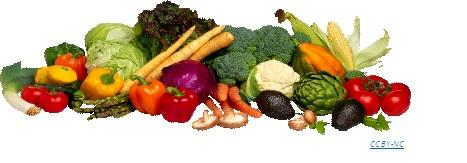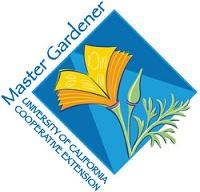
University of California
UC Master Gardener Program of Sonoma County
Food Gardening

NEW TO FOOD GARDENING?
- Growing Vegetables
- Sustainable Food Gardening
- Enriching Garden Soil
- No-Till Food Gardening
- Vegetable, Fruit and Herb Articles
- Monthly Food Gardening Tasks & Tips
FOOD GARDENING IN A DROUGHT
WHAT TO PLANT AND WHEN
- Vegetable Planting Summary
- Right Crop, Right Place, Right Time
- Choosing Vegetable Varieties
- Vegetable, Fruit and Herb Articles
SEASONAL FOOD GARDENING
- Year-Round Food Gardening in Sonoma County
- Sonoma Microclimates
- Average First and Last Frost Dates for Sonoma County
- How to Calculate Fall Garden Sowing/Planting Dates
- Monthly Food Gardening Tasks & Tips
THE SPRING AND SUMMER GARDEN
- Focus on Spring Vegetables
- Seeding Vegetables Indoors
- Sample Summer Vegetable Bed
- Spring to Summer Succession Gardening
- Harvesting Vegetables
- Summer Garden Minute
THE FALL AND WINTER GARDEN
- Fall and Winter Garden
- Focus on Fall Vegetables
- Cool Season Vegetable Gardening
- Seeding Vegetables Indoors
- Sample Vegetable Bed
- Drought Strategies for a Fall food Garden
- Green-Manure Cover Crops
- Growing Salad Greens
- Sowing Planting Calculation
ADDITIONAL RESOURCES
- You can watch video recordings of “Veggie Happenings” on the UC Master Gardener of Sonoma County YouTube channel. Here is the corresponding index of Veggie Happenings videos available on YouTube.
- To find references for previous Veggie Happenings Zoom Talks from August 2020 thru June 2022, click here.
- Food Forest Resources
- UC Integrated Pest Management for the Home Gardener
- The California Backyard Orchard
- Master Food Preservers of Sonoma County’s Facebook page and website.
December 2023






